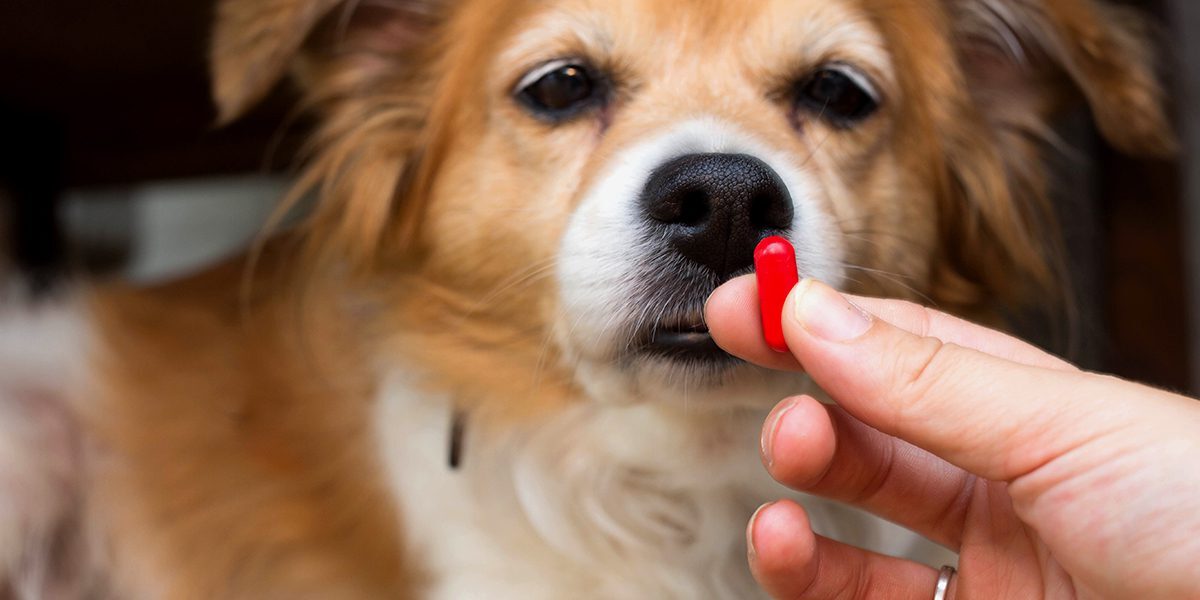
When They Don’t Cry: Recognizing Pain in Dogs
If only our dogs could tell us when something hurts.
The truth is—they often do tell us, just not with words. Most dogs rarely cry or whine when in pain, and many subtle signs are missed or dismissed as “just getting old.” But slowing down doesn’t always mean aging—it can mean aching.
At PetMed of Key West, we see every day how addressing pain early not only helps our patients feel better—it helps them stay part of your life and family longer. When your dog hesitates to jump on the couch, avoids stairs, or stops greeting you at the door, it’s not just a mobility issue—it’s a quality-of-life issue.
11 Subtle Signs of Pain Pet Owners Often Miss
Pain in dogs doesn’t always look dramatic. Here are some of the most common (and most overlooked) clues:
- Hesitation on stairs or jumping up/down
Often linked to arthritis in the hips, knees, or back. Dogs may pause and “think about it” before committing to a step or jump. - Slowing down on walks or lagging behind
This may suggest chronic joint pain, hip dysplasia, or spinal discomfort. - Difficulty getting up after rest
Classic for arthritis in the hips, knees, or elbows. Stiffness that improves as they move is a hallmark of joint inflammation. - Circling or struggling to get comfortable
Many painful dogs will circle repeatedly, lie down and get back up, or shift positions frequently. This is especially common with back, hip, or abdominal pain. - Change in posture
A hunched back or tucked-up belly can indicate neck or back pain, while sitting “crooked” may mean one side hurts more. - Panting at rest
Panting without exertion—especially in a cool environment—can be a sign of discomfort, stress, or internal pain. - Restlessness or sleeplessness
Dogs in pain may pace, pant, or wake frequently at night because they can’t find a comfortable position. - Reduced play or enthusiasm
Dogs who used to chase balls or zoom around the yard but now seem “lazy” may simply be uncomfortable. - Change in behavior or mood
Irritability, restlessness, or withdrawal can all be signs of chronic discomfort. - Licking or chewing specific areas
Especially joints, paws, or hips—this self-soothing behavior can signal localized pain or inflammation. - Avoiding touch
If your normally snuggly dog suddenly flinches when you pet certain areas, it may be a pain response, not an attitude change.
What Kind of Pain Causes These Signs?
- Joint pain (hips, knees, elbows) → stiffness, limping, reluctance to jump
- Back or neck pain → hunched posture, circling, reluctance to turn head, yelping when lifted
- Neurologic pain (pinched nerve, spinal issues) → trembling, muscle spasms, pacing
- Dental pain → dropping food, chewing on one side, bad breath, doesn’t like face touched
- Internal pain (abdomen, organs) → panting, restlessness, “praying position” stance
Understanding the type of pain helps us tailor the treatment—and every dog deserves a plan that fits their needs and lifestyle.
The Good News: We Have Options
There are many safe, effective ways to help dogs live more comfortably—without losing their spark or mobility.
At PetMed of Key West, our pain management toolbox includes:
- Dasuquin Advanced – A joint supplement with glucosamine, chondroitin, and ASU for cartilage support and inflammation control.
- Omega Fatty Acids – Natural anti-inflammatory support for joints, skin, and overall wellness.
- Cold Laser Therapy – Non-invasive, drug-free pain relief that reduces inflammation and speeds healing
- Non-steroidal anti-inflammatories (Carprofen or Galliprant) – Prescription medications to manage chronic arthritis pain when given daily.
- CBD (ElleVet) – Veterinary-formulated CBD oil that helps reduce pain, anxiety, and inflammation
- Gabapentin – Targets nerve-related pain and often pairs well with other therapies.
- Librela – A once-monthly injection that targets the pain of osteoarthritis right at the source, offering steady relief with no daily pills
When Our Pets Hurt, We Hurt Too
Pain doesn’t just limit your dog’s ability to play—it limits their connection with you. When your dog no longer follows you upstairs, hops onto the couch, or sleeps soundly beside you, it’s easy to feel like you’re losing a part of your bond.
But it doesn’t have to be that way.
Recognizing these signs and addressing pain early can restore not just comfort, but joy—for both of you.
If you’ve noticed any of these changes in your dog, we’d love to help. Call us at (563) 583-8387 or schedule an appointment online. Let’s get your best friend feeling good again—because every tail wag counts.
